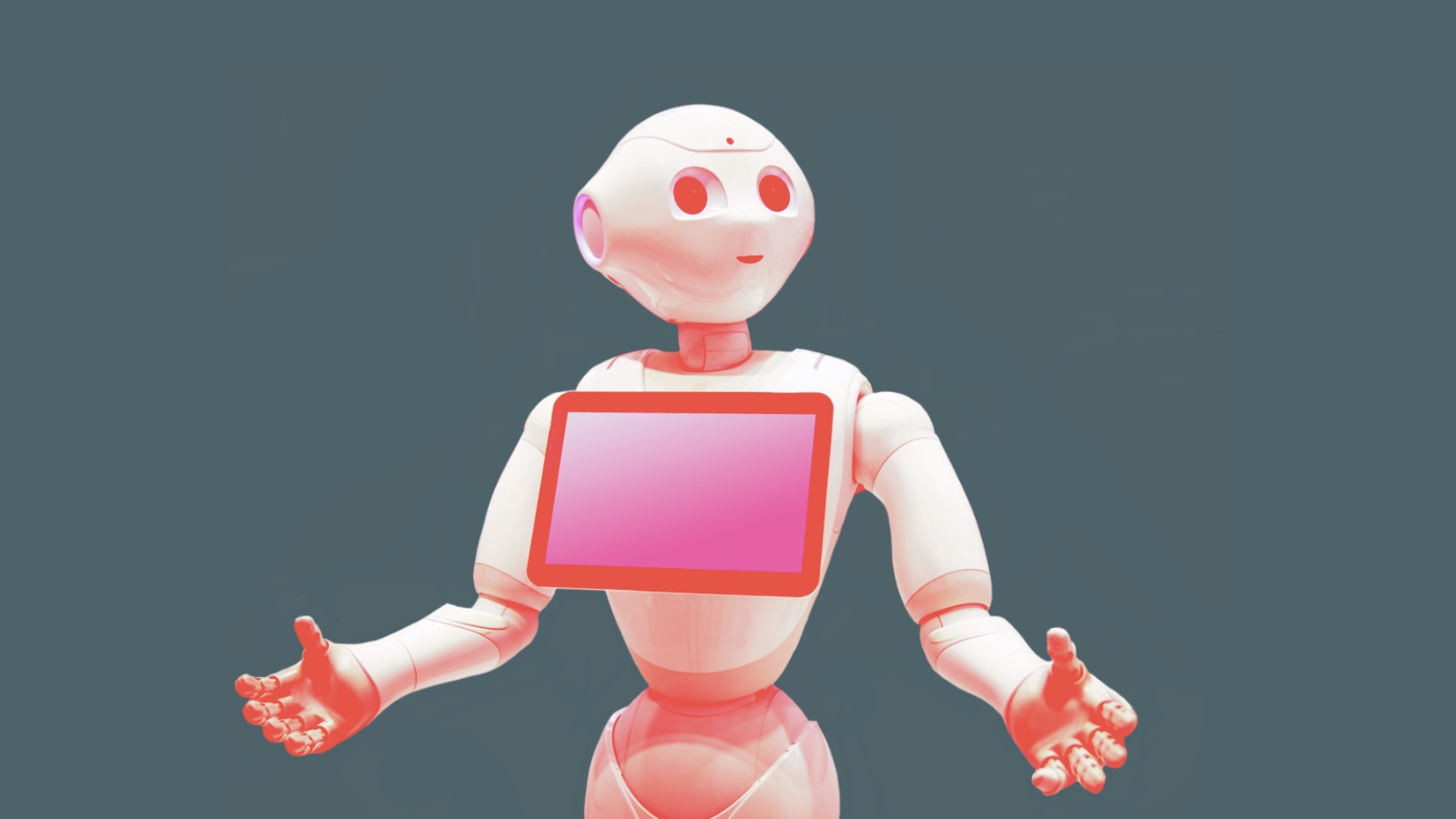Old and at Risk: Japan’s Earthquake & Tsunami Highlights Global Need for Innovations in Preparedness to Care for Elderly in Disaster
The scale and scope ofdevastation in Japan from the earthquake and tsunami is only beginning to beunderstood. In coming days and weeks we will have the dismal numbers of liveslost and injured. But Japan’s demographic profile, as first among agingnations, will place something else on the public agenda over the next fewmonths – the unique vulnerability and risk of older adults and frail elderlyin disaster.
By definition disasterleads to system interruption or outright failure. When communications, power,transportation, water and sewerage, health delivery, and all thosetechnology-enabled systems that enable safe, healthy and civilized living areinterrupted we are all at risk. But those who are in poor health, immobile orrely on special technologies and medications to simply make it every day arethe most vulnerable even under the best of conditions. Hurricane Katrina providesnumbers to quantify being old and at risk.
In 2005 Hurricane Katrinaravaged New Orleans, Louisiana and much of the United States’ Gulf Coast. Theregion lost lives and livelihoods. Of the ~1,300 people lost, adisproportionate number of older adults died. Somewhere between 40% (NPR, 2006)and 50% (Healthline, 2008) of the dead were older adults. Another direstatistic is that 70% of New Orleans’ 53 nursing homes were not evacuated priorto the hurricane (Brunner, 2007).
So as the devastationof Japan’s earthquake and tsunamibecomes more clear, is this an opportunity to rethink how we plan, prepare andrespond to the needs of older adults in a disaster? If we can developinnovations for the most at risk, all of us have a better chance at survival.
Here are just a fewstakeholders and actions to consider:
Disaster PreparednessResources Families Can Use Today
In partnership with The Hartford Financial Services Group’s Advance 50 Team, the MIT AgeLab conductedresearch on disaster planning for older adults and their families. Thisresearch was translated into public education materials that are available inprint and online for free from The Hartford.
It Could Happen to Me: Family Conversations about Disaster Planning: 37-pagebooklet is designed to give older adults an easy way to better prepare fordisasters. It encourages them to talk and plan with family, friends, andneighbors; to create a home inventory of possessions; and to come up with anaction plan to survive and recover from the disaster
The Calm Before the Storm: Family Conversations about Disaster Planning, Caregiving, Alzheimer’s Disease and Dementia: publication providesvaluable information to help caregivers of loved ones with Alzheimer’s diseaseand dementia better plan for natural disasters by talking to – and planningwith – family, friends and others.



